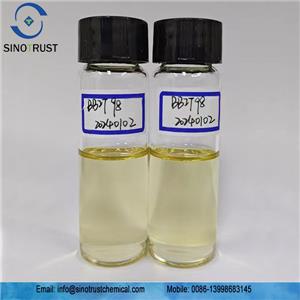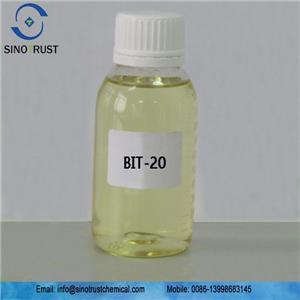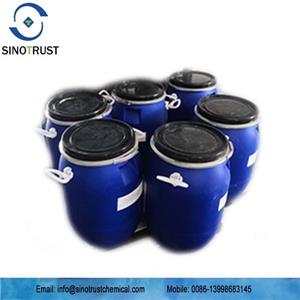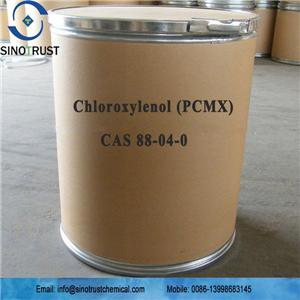IPBC Iodopropynyl butylcarbamate
Oil-soluble IPBC 99% Powder CAS 55406-53-6
IPBC 99% Powder is an eco-friendly and efficient fungicide with low toxicity and has no irritation at the concentration. It's strong inhibitory effect on yeast, mold and yeast. 3-iodo-2propynyl-N-n-butylcarbamate (IPBC preservatives) is extremely insoluble in water, soluble in organic solvents such as propylene glycol (25.2g/100g, 25°C), ethanol (34.5g/100g, 25°C).
Specifications:
Item | Specifications |
Appearance | White or light yellow hydrated powder |
Assay | ≥99% |
Melting Point | 65~68℃ |
Loss on drying | ≤0.2% |
Solution in Acetone | Clear Solution |
IPBC has broad-spectrum antibacterial activity, especially for mold, yeast and algae, but its insoluble nature limits its use.
Oil-soluble IPBC mainly used in cosmetics, daily chemicals, leather, wood, wood discoloration control, textiles, paper industry, ink, adhesives, etc. This product has a high level of safety and can be used in creams, lotions, hair care products, sunscreen products, baby products, leave-on and rinse-off products.
The wide range of uses of IPBC
IPBC is a kind of mildew killing compound, added to the pigment, can prevent the growth of mold in storage and make color changes, improve the shelf life of the pigment. Add in the paint can be stored for a long time, or on the surface after coating fully and effectively prevent mold infection caused by aging discoloration, in order to maintain a long decorative effect. Add to water and oil to avoid water and oil due to the action of mold color. IPBC can also be used to treat wood to prevent mold. If used in leather or other fibers of industrial products, have a good antibacterial killing effect. IPBC iodide propargyl butyl carbamate anticorrosive agent.
Stability and reactivity of IPBC
Reactivity: Stored and handled as prescribed/directed without harmful reactions.
Chemical stability: Stable under recommended storage conditions.
Possible hazardous reactions: This material is considered stablConditions to avoid: Avoid the formation of dust.
Incompatible substance: Avoid contact with: strong acid. A strong base. Strong oxidant.
Hazardous decomposition products: No hazardous decomposition products are expected under normal service conditions.




